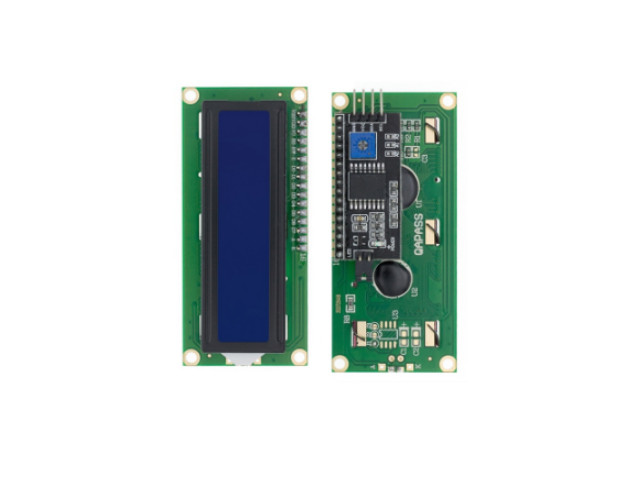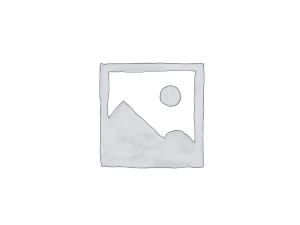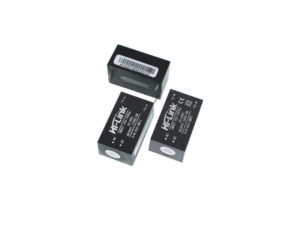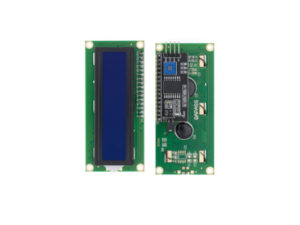คำอธิบาย
จอแอลซีดี LCD Display 16×2 สีน้ำเงิน 2 บรรทัด แบบ I2C LCD Display I2C
- PCF8574T +LCD1602A Address 0100 111 = (0x27)
- PCF8574AT +LCD1602A Address 0111 111 = (0x3F)
การเชื่อมต่อฮาร์ดแวร์
- เชื่อมต่อ VCC ของทั้ง LCD และ PCF8574 กับ 5V
- เชื่อมต่อ GND ของทั้ง LCD และ PCF8574 เข้ากับ GND
- เชื่อมต่อ SDA ของ Arduino กับ SDA ของ PCF8574+LCD1602A
- เชื่อมต่อ SCL ของ Arduino กับ SCL ของ PCF8574+LCD1602A
- เชื่อมต่อพินไฟแบ็คไลท์ LCD (หากไม่ได้ใช้แบ็คไลท์ ไม่ต้องเชื่อมต่อ) เข้ากับพินดิจิทัลบน Arduino ที่มีตัวต้านทาน (เช่น 220 โอห์ม)
- เชื่อมต่อพินข้อมูลสี่พิน (D4-D7) ของจอ LCD เข้ากับพินที่สอดคล้องกันของ PCF8574
จะต้องมีไลบรารีต่อไปนี้
LiquidCrystal_I2C: ไลบรารีนี้จัดการการสื่อสารกับ I2C LCD
LiquidCrystal_I2C: This library handles communication with the I2C LCD.Wire: This library handles I2C communication.
ตรวจสอบให้แน่ใจว่าได้ติดตั้งไลบรารี LiquidCrystal_I2C แล้ว สามารถติดตั้งได้จาก Arduino IDE Library Manager
Address เริ่มต้นจอแสดงผล LCD1602A โดยใช้ตัวขยาย PCF8574 I2C Address 0x27 จากนั้นจะมีข้อความว่า “Hello, world!” บนบรรทัดแรกของ LCD และอัปเดตบรรทัดที่สองด้วยจำนวนวินาทีปัจจุบันที่ผ่านไปนับตั้งแต่ Arduino เริ่มทำงาน
Ardyino Example Code PCF8574+LCD1602A
หากไม่ทราบ Address สามารถใช้ i2c_scanner สแกนหา Address ได้ดัง Code ด้านล่าง
- Arduino Playground – I2cScanner
- https://playground.arduino.cc/Main/I2cScanner







รีวิว
ยังไม่มีบทวิจารณ์